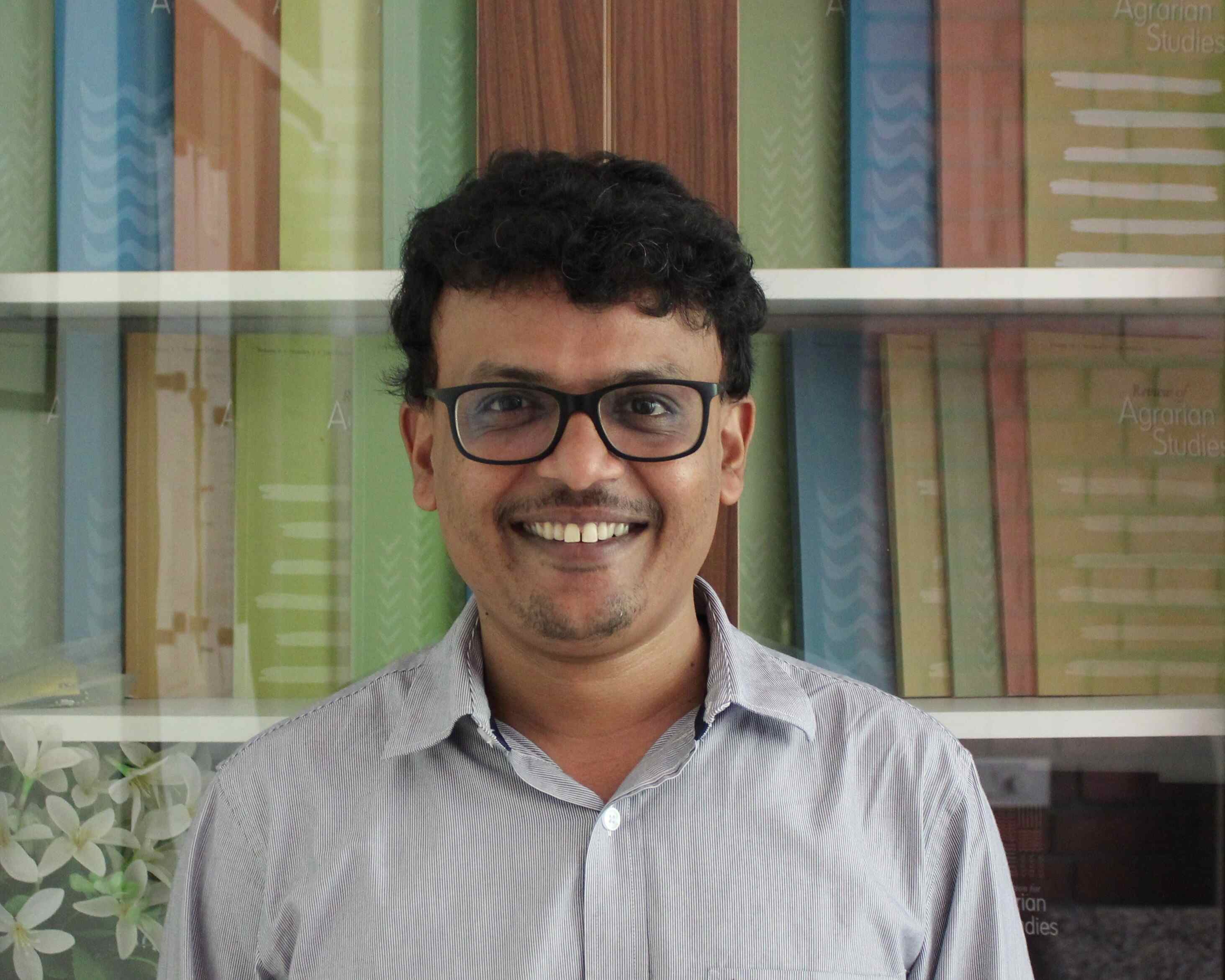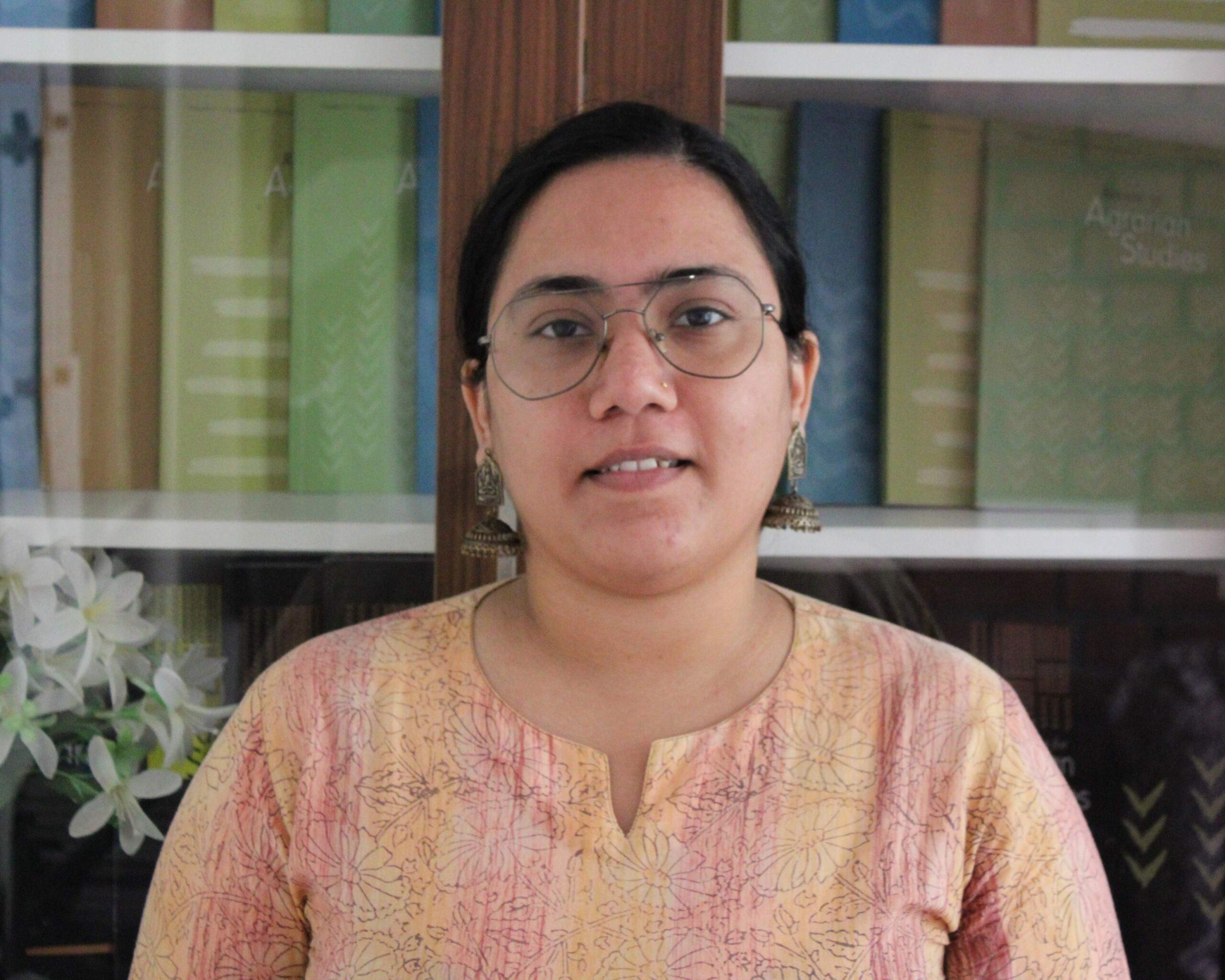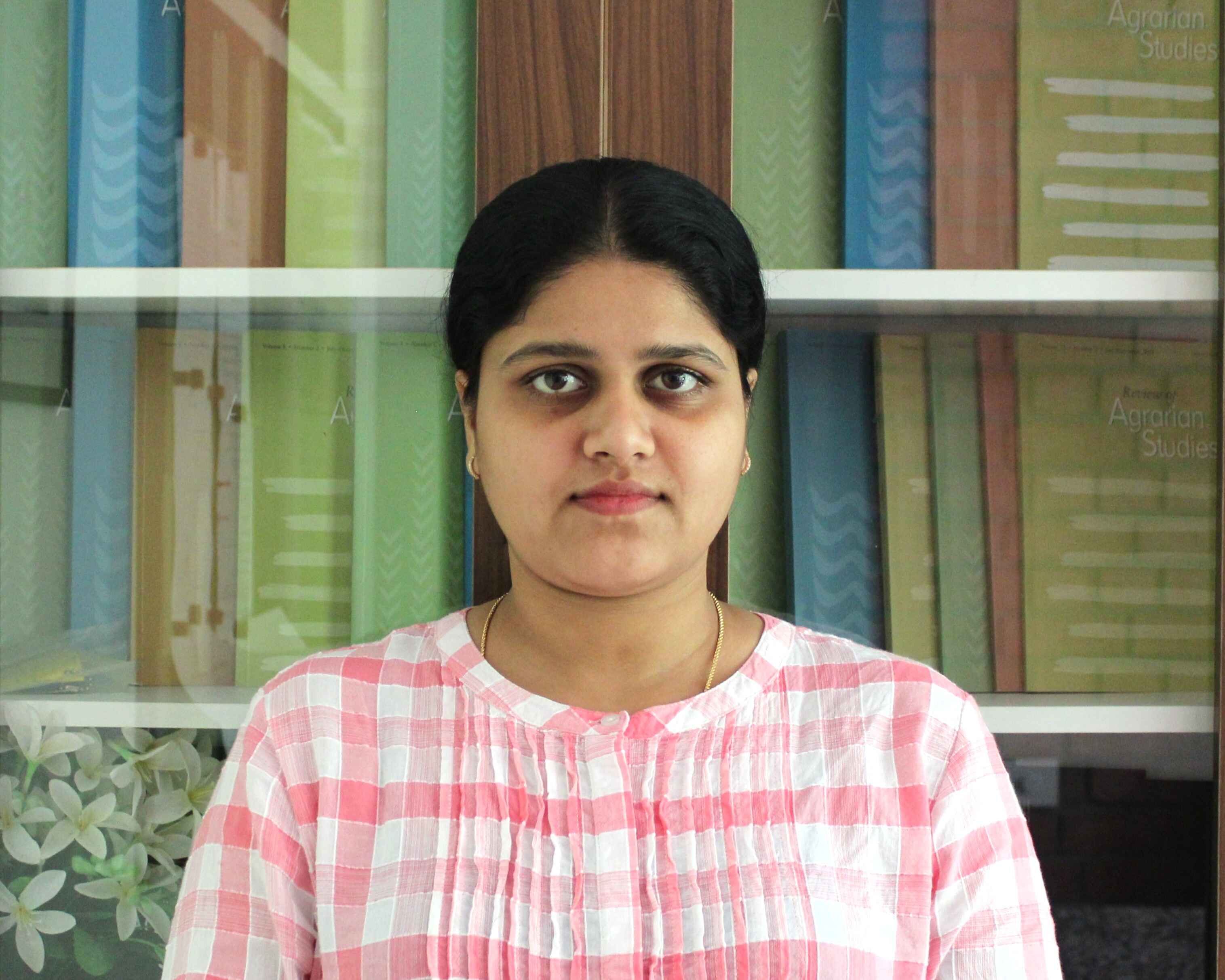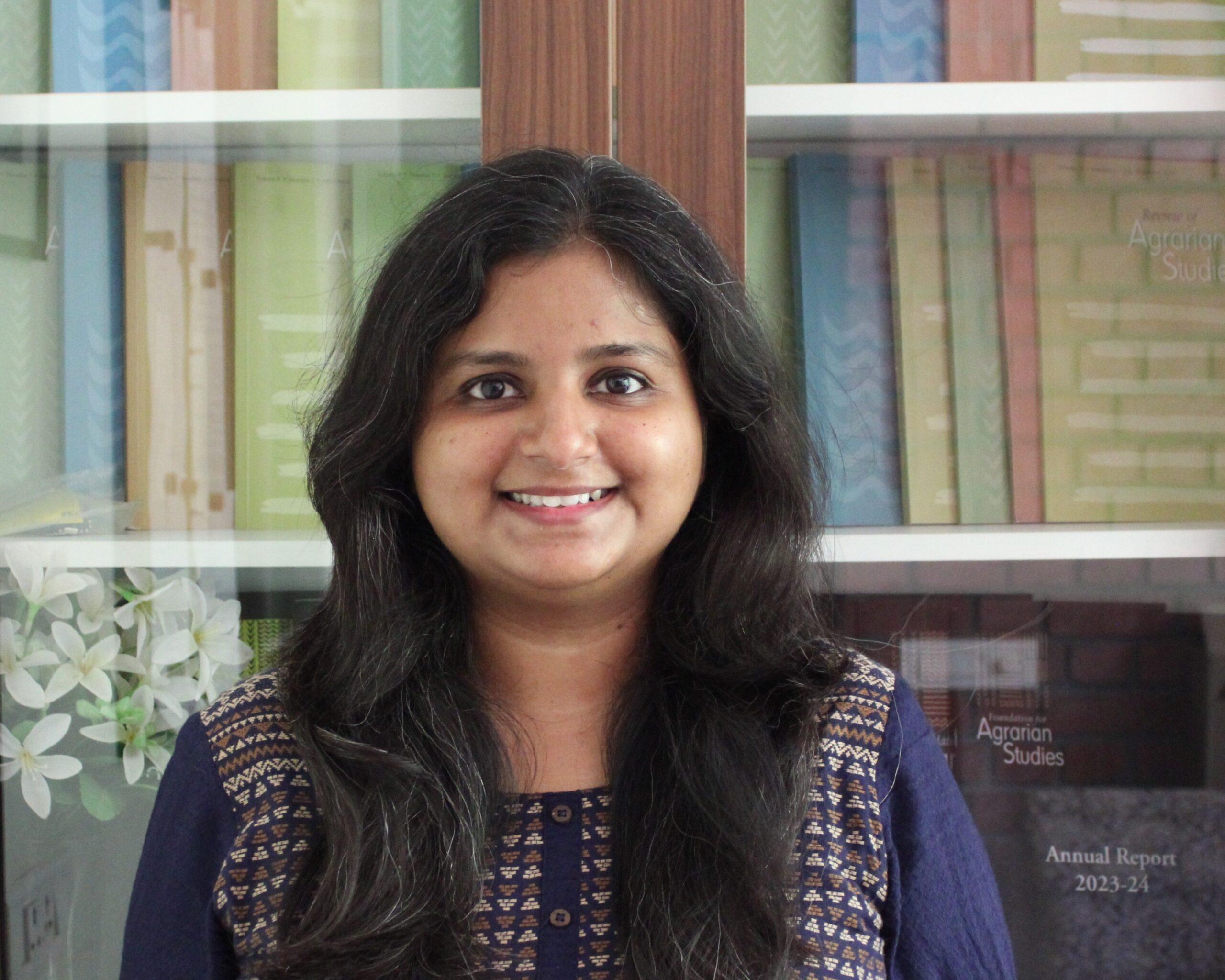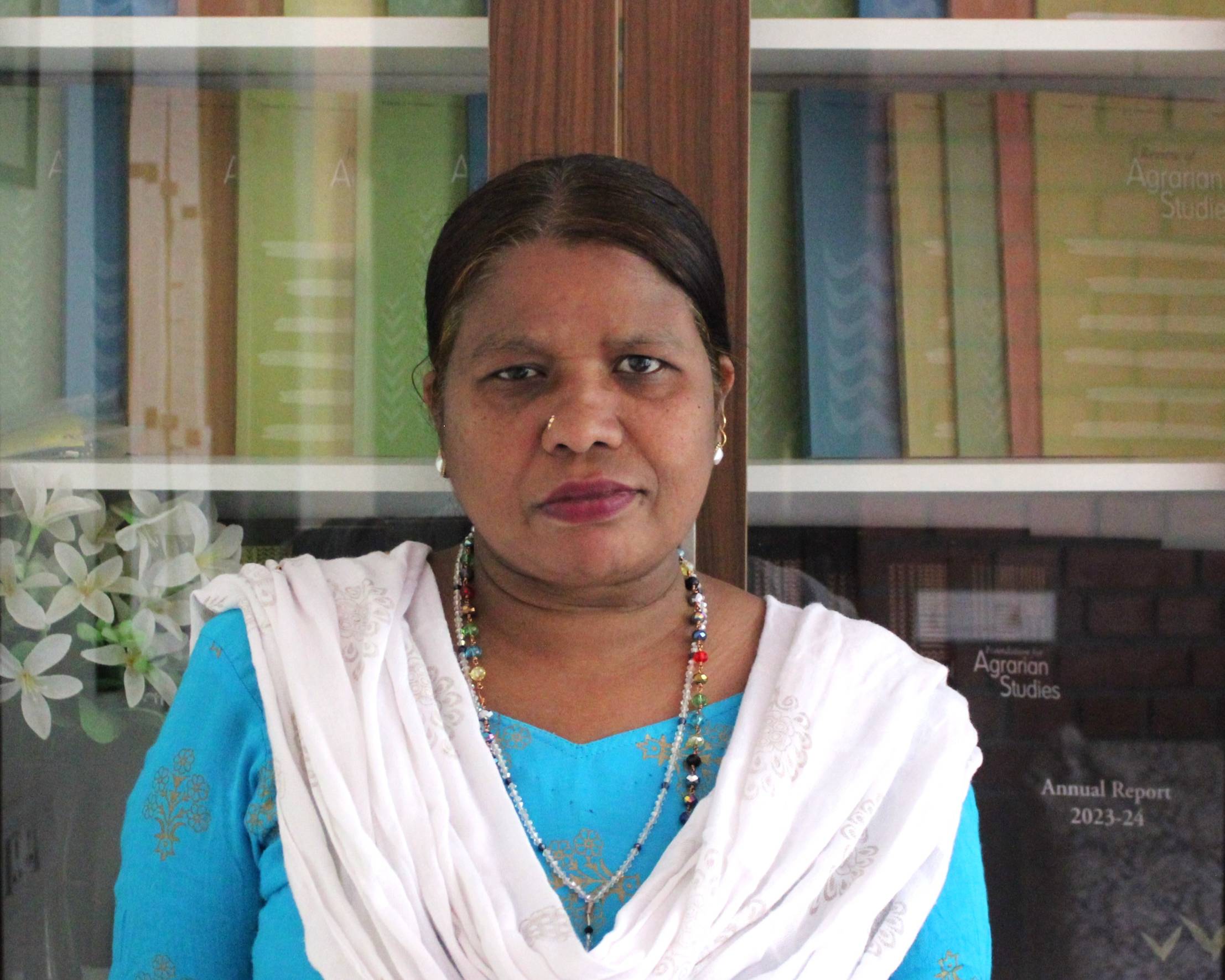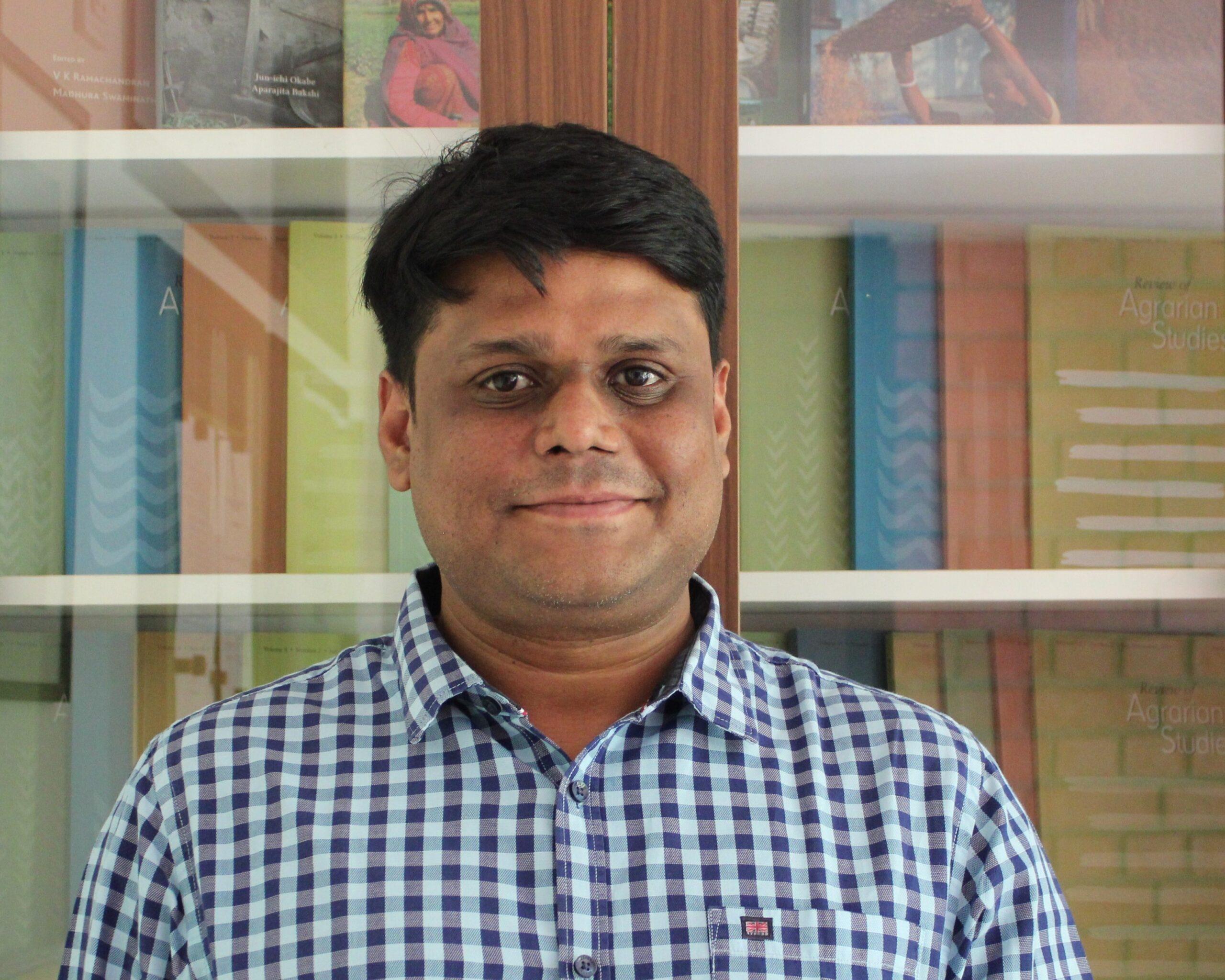The National Sample Survey Office (NSSO) conducted a Rapid Survey on Swachhata (or “cleanliness”) Status along with the 72nd round (July 2014-June 2015). The purpose of this survey was to take stock of and assess the countrywide situation with regard to cleanliness and hygiene. The backdrop is the declaration of the Swachh Bharat (“Clean India”) Mission by the Prime Minister of India on October 2, 2014 with the goal of achieving a “clean India” by 2019.
The survey covered 73,176 households in 3,788 villages and 41,538 households in 2907 urban blocks. The survey collected information at two levels: the village or ward level and the household level.
The survey report, Swachhta Status Report, 2016, (available here) has three sections. The first section discusses major initiatives taken by the government under the Swachh Bharat Mission, the targets set and current achievements; the second section discusses data from past NSSO surveys and the Census of India, 2011, on these variables in a comparable manner; and the third section presents results of the most recent survey. The main focus of the report is on the availability and accessibility of toilets, and on solid and liquid waste management.
According to the Swachhata Status Report, 2016, sanitation, environment cleanliness and safe water for household uses are important elements to assess cleanliness (swachhata). The report compares data on some variables from the National Sample Survey (NSS) 65th round (2008-09) and 69th round (2012). Although there are differences in the variables on which information was collected, and in the sample size, and in the coverage of units in the two surveys, the Report maintains that selected variables are comparable across different surveys.
I have used comaparative data from the two Rounds (69th round, 2012 and the most recent round, that is, the 72nd round, 2015) to assess the progress that has been made from 2012 to 2015. Comaparative data are not available in the Reports for different social groups and castes.
Let us turn to the results from the surveys to see how Indian villages and rural households fare with respect to access to sanitation and with respect to overall hygiene and cleanliness.
Drainage and Garbage Disposal Arrangements in Rural India
Of the villages surveyed, 44 per cent did not have any arrangements for drainage and 19 per cent had unpaved drain. Unpaved drains are ineffective means of drainage; indeed, they can make the situation worse than one where there are no drains, as when dirty water gets clogged in unpaved drains.
Households in half of the surveyed villages threw garbage away in agricultural fields, around their homes, or at a common place. There is no information on how the garbage disposed by the households was treated or processed.

Access to Sanitary Toilets
According to the Global Water Supply and Sanitation Assessment 2000 report by the WHO and UNICEF, an “excreta disposal system is considered adequate if it is private or shared (but not public)” (cited in the Swachhata Status Report, p. 23). By this definition, public and community toilets can not be considered as adequate sanitary toilets (in any case, the results show that there were community toilets in only 13 per cent of the 3788 villages surveyed). Public and community toilets also raise issues of safety and accessibility for women and other marginalised sections of society.
Only 45 per cent of rural households reported having access to a sanitary toilet in 2015. The corresponding proportion was 41 per cent in 2012 (NSSO 2013). An improvement, 4 percentage points over a period of 3 years in respect of the access of rural households to sanitary toilets is far from satisfactory – in fact, almost negligible. For more than half of all rural households, the open defecation remains the norm.
The five worse performing states in 2012 were Jharkhand, Odisha, Madhya Pradesh, Chhatisgarh, and Uttar Pradesh. There was only a minor change in the ranking of these States in 2015. Jharkhand remained at the top, with 81 per cent of rural households reporting open defecation, followed by Chhatisgarh. Chhatisgarh showed an increase, from 77 per cent in 2012 to 79 per cent in 2015, in the proportion of households reporting open defecation. In the five worse performing States, more than 70 per cent of all rural households did not have access to a toilet.
Next to Sikkim, which has now been declared “open-defecation-free,” Kerala had the highest proportion, 98 per cent, of rural households with access to a sanitary toilet.
The use of toilets is closely linked to the provision of water to households. Findings from the Swachhata Status Report 2016 show that only 43 per cent of rural households reported having access to water for use in toilets.
Forty-nine per cent of adult females (15-60 years) reported defecating in the open in rural areas. At the same time, among the households with access to a toilet, a higher proportion of adult females than of adult males used these toilets.
The NSSO did not cover the two North-Eastern states of Arunachal Pradesh and Tripura, citing logistic problems and limited time for the survey as reasons for their exclusion. The performance of Tripura in terms of coverage of toilets is, however, remarkable, and an example for the country. According to the NSSO 69th round (2012), only 1.4 per cent of rural households in Tripura did not have access to a lavatory. The Foundation for Agrarian Relations conducted surveys in three villages in Tripura in May-June 2016. Our preliminary calculations suggest that of 571 households surveyed, not more than 8-10 households did not use toilets.
As mentioned, the Clean India (Swacch Bharat) Mission was announced on October 2, 2014, and the survey on the status of cleanliness was conducted in May-June 2015. Although seven months is too short a time to assess the achievements or failure of a national level programme, the enormous problems with regard to open defecation, and the lack of drainage and garbage disposal mechanisms point to the urgent need for a sustained and well-funded programme to build toilets for all households, a programme that enables rural households belonging to all socio-economic groups to lead a dignified and disease-free life. At present, households without homestead land are ineligible for benefits, and priority is given to constructing community toilets rather than individual household toilets.
The Swachh Bharat Mission needs to be inclusive — and not based on exclusion through targeting — in its design and implementation.
References
National Sample Survey Office (NSSO) (2013), “Key Indicators of Drinking Water, Sanitation, Hygiene and Housing Condition in India,” Report No. NSS KI (69/1.2), NSS 69th Round, July 2012-December 2012, Ministry of Statistics and Programme Implementation, Government of India, New Delhi.
National Sample Survey Office (NSSO) (2016), Swachhata Status Report, Rapid Survey on Swachhata Status, May-June 2015, Ministry of Statistics and Programme Implementation, Government of India, New Delhi.
About the author
Shamsher Singh is an Assistant Professor of Sociology at FLAME University.










